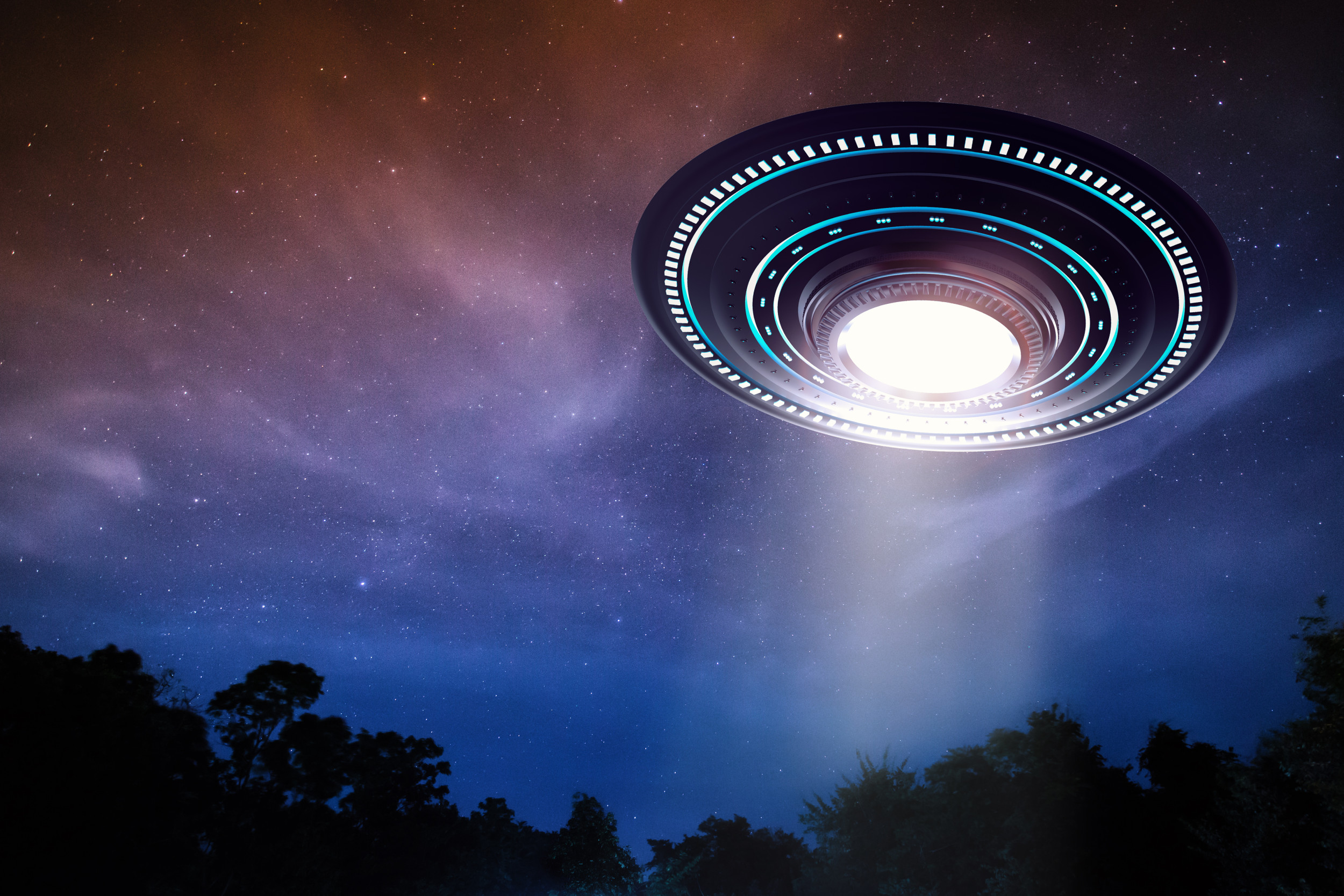Scientists have identified 4-billion-year-old nitrogen-containing organic molecules in a Martian meteorite, a discovery that may shed light on whether or not the Red Planet once hosted life.
According to a study published in the journal Nature Communications, the researchers found the organic molecules, those that contain carbon atoms, in a famous Martian meteorite dubbed Allan Hills 84001, which was uncovered in Antarctica in 1984.
This object once formed part of the Red Planet's surface, but it was blasted into space by a meteor impact around 15 million years ago before eventually falling to Earth.
"This Martian meteorite, ALH84001 is famous, with hundreds of papers published on it," Atsuko Kobayashi, an author of the study with the Tokyo Institute of Technology and California Institute of Technology, told Newsweek. "I have been working on it occasionally for about 20 years because I am an electron microscopist who studies tiny magnetic particles made by magnetotactic bacteria.
"This rock is at the center of the 'life on Mars' debate. I have worked with Kathie Thomas-Keprta at NASA in Houston, who showed that the tiny magnetite crystals in this rock really look similar to those present in the magnetic bacteria," Kobayashi said.
Allan Hills 84001 is made up of orange-colored carbonate minerals, which the scientists say have likely been preserved for four billion years since Mars's Noachian age (4.1 to 3.7 billion years ago), a time of frequent meteor and asteroid impacts when the Red Planet may have hosted water on its surface.
The authors detected nitrogen in these carbonate mineral compounds, which were likely formed as a result of "near-surface" salty, liquid groundwater.
"Our major finding is that there are organic molecules containing nitrogen trapped inside the tiny layers of carbonate," Kobayashi said. "From other studies we know that the carbonates formed nearly four billion years ago. Therefore the organic molecules must be at least this old, and from Mars."
In addition to carbon, nitrogen is a crucial element for life as we know it, according to Kobayashi.
"Organic molecules are those that contain chains and rings of carbon atoms linked together—like those used by life. They often contain nitrogen atoms, particularly in the amino acids that form proteins, as well as in DNA and RNA," Kobayashi said.
The authors say the detection of the nitrogen suggests that early Mars had a less oxygen-rich environment than today, as experts have predicted.
"Our nitrogen chemistry tells us that the atmosphere did not have much oxygen when the molecules were formed, which is new information," Kobayashi said.
Given these characteristics, in addition to the fact that the planet was also likely wetter, the scientists say that early Mars would have been more "Earth-like" with conditions that may have been favorable to life.
"By detecting the presence of organic molecules on ancient Mars, we show that at least some of the building blocks for life were there. It does not say that there was life, but it could have been there," he said.

Due to previous technical limitations, nitrogen had never been measured in Allan Hills 84001 despite the object being well-studied. But the authors of the latest paper used state-of-the art techniques, which identified, for the first time, four-billion-year-old Martian organic compounds containing nitrogen.
Previously, it was difficult to conduct such analyses of Martian meteorites due to the problem of contamination with material on Earth, making it hard to say how much of the organic compounds were truly Martian.
Because the current conditions on Mars's surface would destroy most organic compounds, the scientists say that the nitrogen-bearing carbonates in Allan Hills 84001 may have remained intact for billions of years because they lay just below the surface.
Despite their findings, the scientists say that it is still not clear whether the nitrogen-containing organic compounds formed on Mars via chemical reactions or were brought to the planet by foreign objects.
"Early in the Solar System's history, Mars was likely showered with significant amounts of organic matter, for example from carbon-rich meteorites, comets and dust particles," Kobayashi said in a statement. "Some of them may have dissolved in the brine and been trapped inside the carbonates."
Organic compounds are crucial for life as we know it, although they are not necessary indicators of life and can be produced by non-biological processes. Understanding the origin of organic material on Mars is one of the most important issues in modern planetary science, potentially enabling us to understand whether or not the planet was ever home to life in its ancient past.
While evidence from recent robotic exploration of the Red Planet has indicated the existence of Martian organic compounds, little is known about their origin, evolution, distribution, preservation and their connection to possible Martian biological activity.
Uncommon Knowledge
Newsweek is committed to challenging conventional wisdom and finding connections in the search for common ground.
Newsweek is committed to challenging conventional wisdom and finding connections in the search for common ground.
About the writer
Aristos is a Newsweek science reporter with the London, U.K., bureau. He reports on science and health topics, including; animal, ... Read more
To read how Newsweek uses AI as a newsroom tool, Click here.








